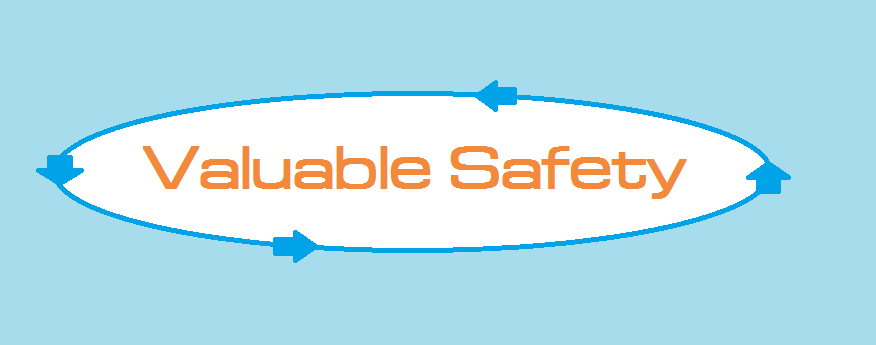1. Eliminate/Reduce risks in the design & redesign prcocesses:
- For example, eliminate or reduce hazards such as noise, chemical, fall/trip, confined spaces, and ergonomic hazards.
- Substituting does not necessarily guarantee a lower risk.
- This process needs to be researched.
- Any decisions should be backed up by data, benefits, past & current research, as well as weighing the downfalls of substituting a "less hazardous" method or material.
- This can also be referred to as engineering controls.
- Engineering controls can be used to keep an individual or employee from being able to access the hazard.
- Can take the human factor out of the equation.
- For example a dead-man's switch on a pushmower is a form of a safety device. The lawnmower will not run unless the handle bar is held down.
- The effectiveness of signs, warning labels, instructions rely on the reactions of people, training, and the quality of maintenance.
- Examples of warning systems are: alarm systems, signs, smoke detectors, chemical detection systems, and backup alarms.
- Methods chosen to meet the needs of a particular criteria.
- Some administrative controls are: personnel selection, behavior modification, inspections, maintenance, work scheduling, job rotation, scheduled rest periods, investigations, supervision, change of management, and work methods and procedures.
- "Achieving a superior level of effectiveness in all of these administrative methods is difficult, and not often attained" (Acc. Prev. Man. listed above, page 16).
- Identifying the type of safety equipment needed and its exact selection relies on personnel actions as well as the supervisor's.
- Examples of PPE are: face shields, gloves, hearing protection, safety glasses, respirators, welding screens, and safety shoes.
- This is the least effective control of this list because it relies alot on the proper use and enforcement by personnel.
- If possible keep reliance on PPE as low as possible, with practicality in consideration.

No comments:
Post a Comment